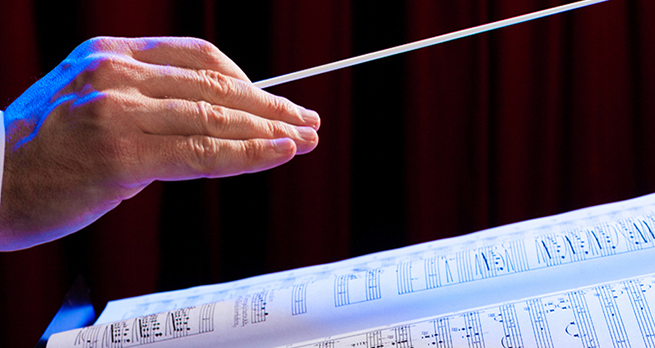3.2 Instrumental colour

The piano starts playing in the first variation of Schubert’s Trout Quintet. The addition of the piano to the string sounds changes the complex of sound that we hear.
Musicians often talk about instrumental colour or timbre, which is a word used to describe how we differentiate between the individual sounds of each instrument, and how they work together.
Download the PDF of the score [Tip: hold Ctrl and click a link to open it in a new tab. (Hide tip)] and listen to this first variation. Follow the piano part of the score using the techniques that you learned last week, looking for rhythmic patterns and repetitions. Listen a second time to follow the parts of the violin, viola and cello. Are they moving faster or slower than the piano? If you find it really tricky to separate all the individual lines of these instruments, start with just the violin.
Finally, pick out the double bass, and follow that part of the score. How is its sound different from the rest of the strings, and what signs do you see in the score that might indicate something different?
